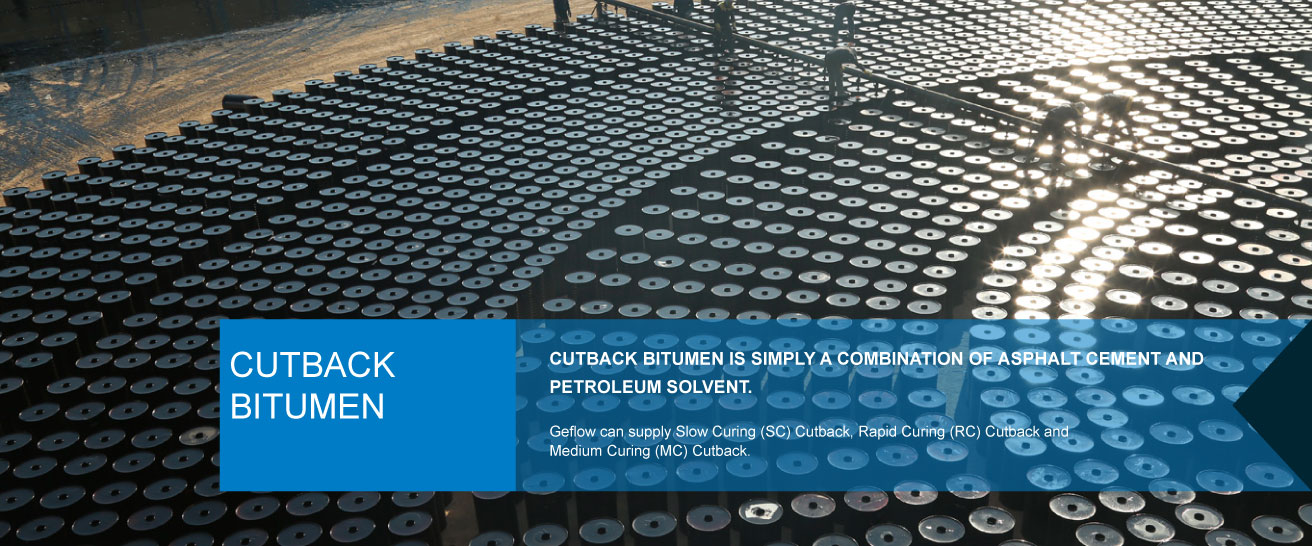
Rapid Curing RC
We make the Rapid Curing RC Cutback Bitumen by reducing the viscosity of and ordinary bitumen by adding mostly petroleum type solvent. Cutback Bitumen uses because lower viscosity than neat asphalt and it`ability in low temperature uses.
Cutback asphalt is said to “cure” as the petroleum solvent evaporates away. The use of cutback asphalts is decreasing because of:
- Environmental regulations. Cutback asphalts contain volatile chemicals that evaporate into the atmosphere. Emulsified asphalts evaporate water into the atmosphere.
- Loss of high energy products. By using petroleum solvents, factory needs higher units of energy. This is more expensive than water-emulsifying agents used in emulsified asphalts.
RC cutback bitumen:
After a RC cutback is ises solvent evaporates away and only Bitumen is left. We say cure as the petroleum solvent evaporates to a rapid curing cutback bitumen.
The specification for Rapid Curing (RC) Cutback Asphalts applies to liquid asphaltic materials in the form of asphalt cement combined with a petroleum solvent of a gasoline type. RC Cutback Asphalts are specified by the following grades: RC-70, RC-250, and RC-800. Rapid Curing Cutback Asphalt shall consist of asphalt cement which has been liquefied by blending with a gasoline type of petroleum solvent.
Cutback bitumen rapid curing:
We use Rapid curing Cutback bitumen are typically as prime coats and tack coats. Generally Cutback Bitumen divid into three groups depending on their volatility of the solvent added:
Liquid rapid curing bitumen:
We prepare The rapid curing cutback bitumen products with a light, rapidly evaporating diluent such as a naphtha or gasoline.
The degree of liquidity developed in each case depends principally on the proportion of solvent to asphalt cement. To a minor degree, liquidity of cutback may be affected by hardness of base asphalt from which cutback is made. In addition the degree of fluidity results in several grades of cutback asphalt—some quite fluid at ordinary temperatures and others somewhat more viscous. The more viscous grades may require a small amount of heating to make them fluid enough for construction operations.
Rapid-setting grades uses for spray because reacting quickly. It used in bond/tack coats, chips/sand seals and other surface treatments.
